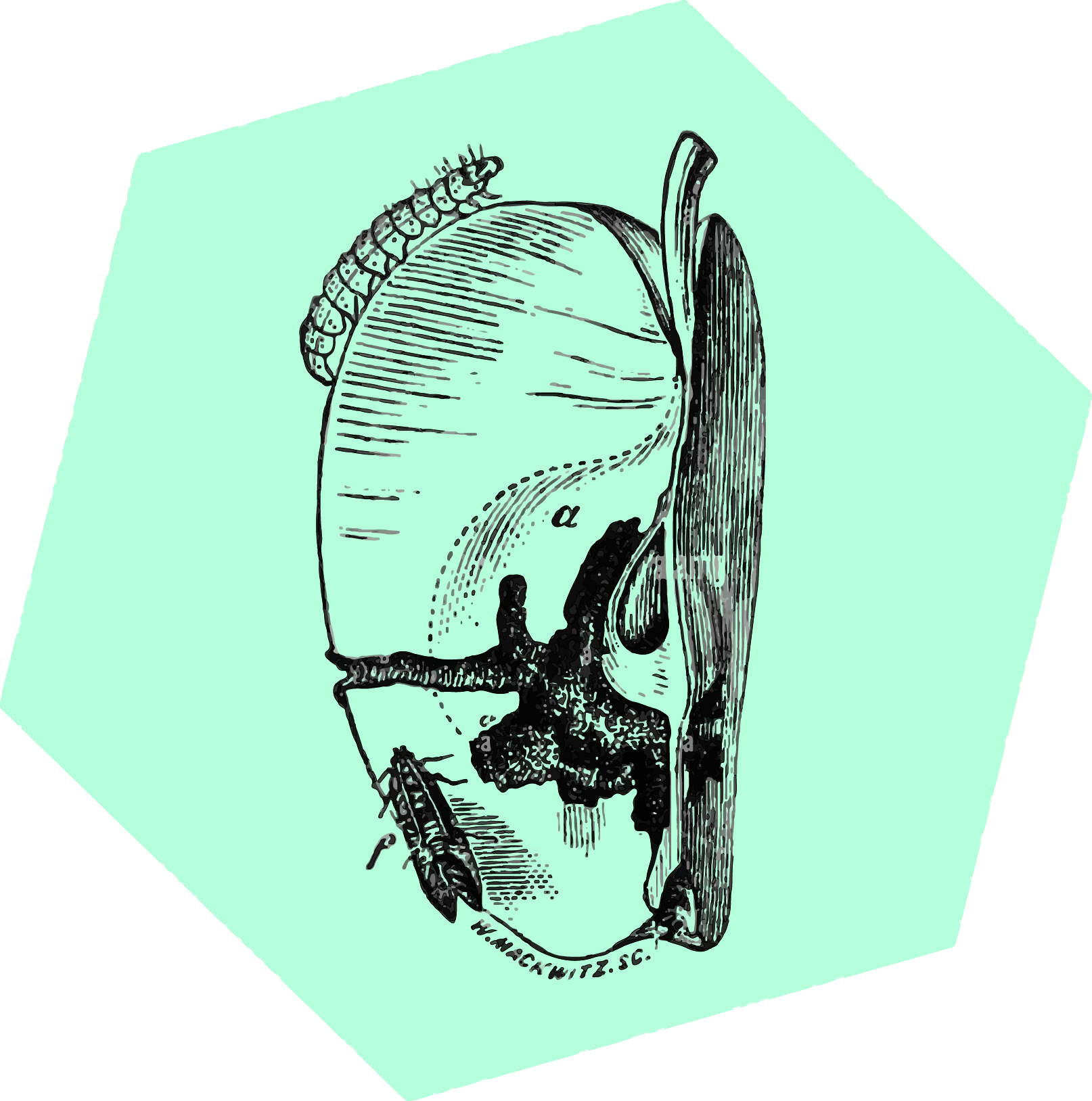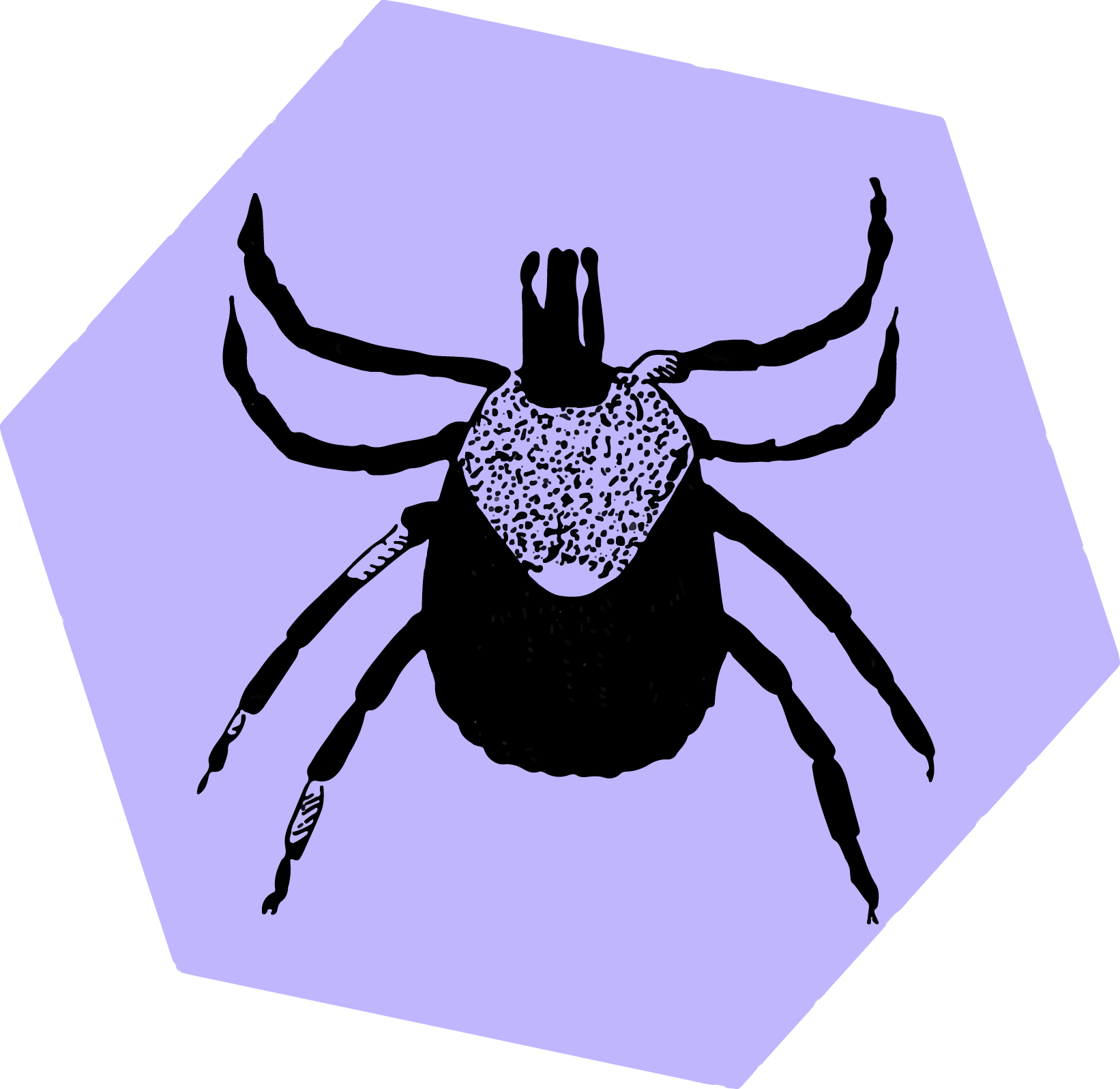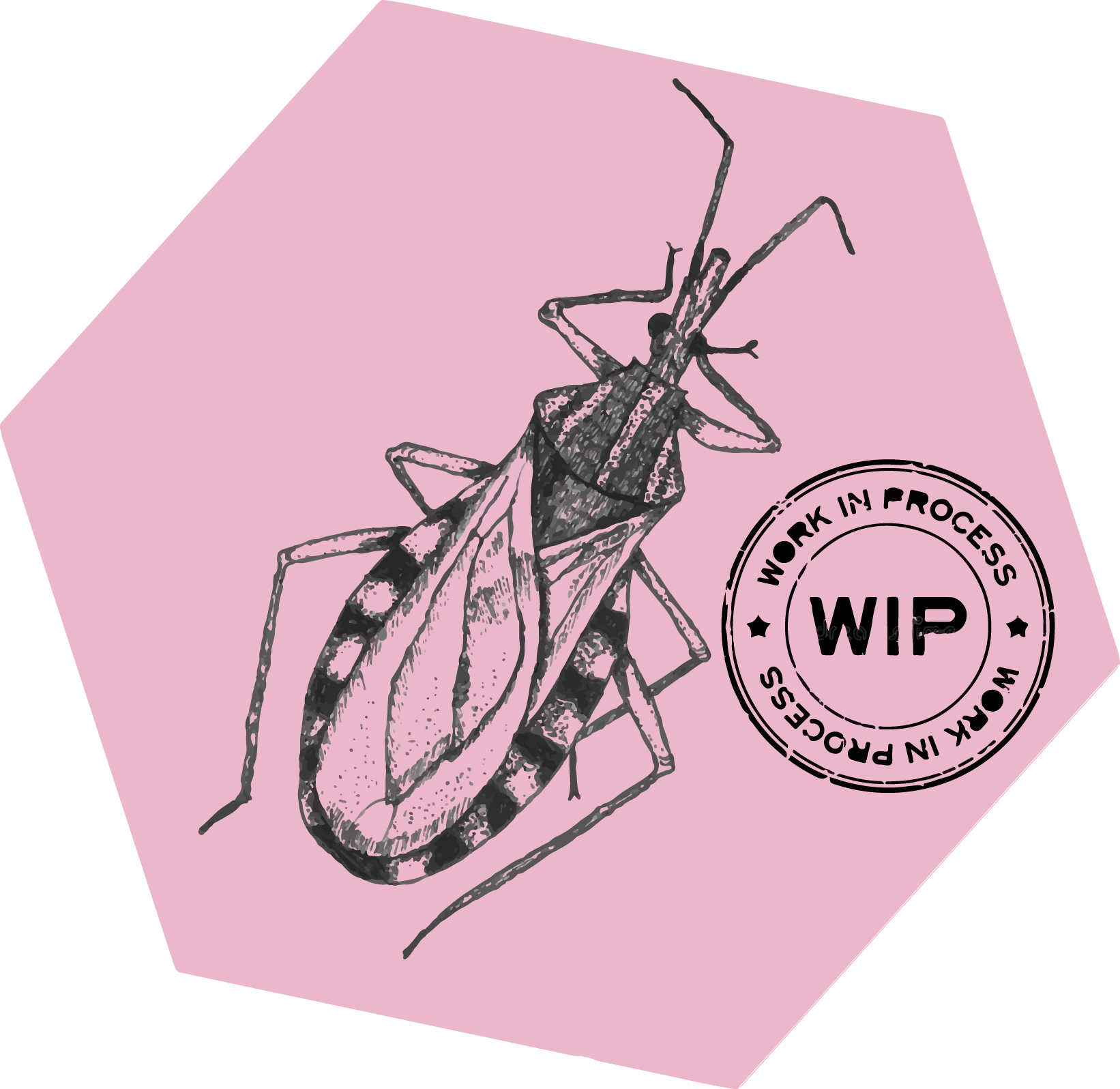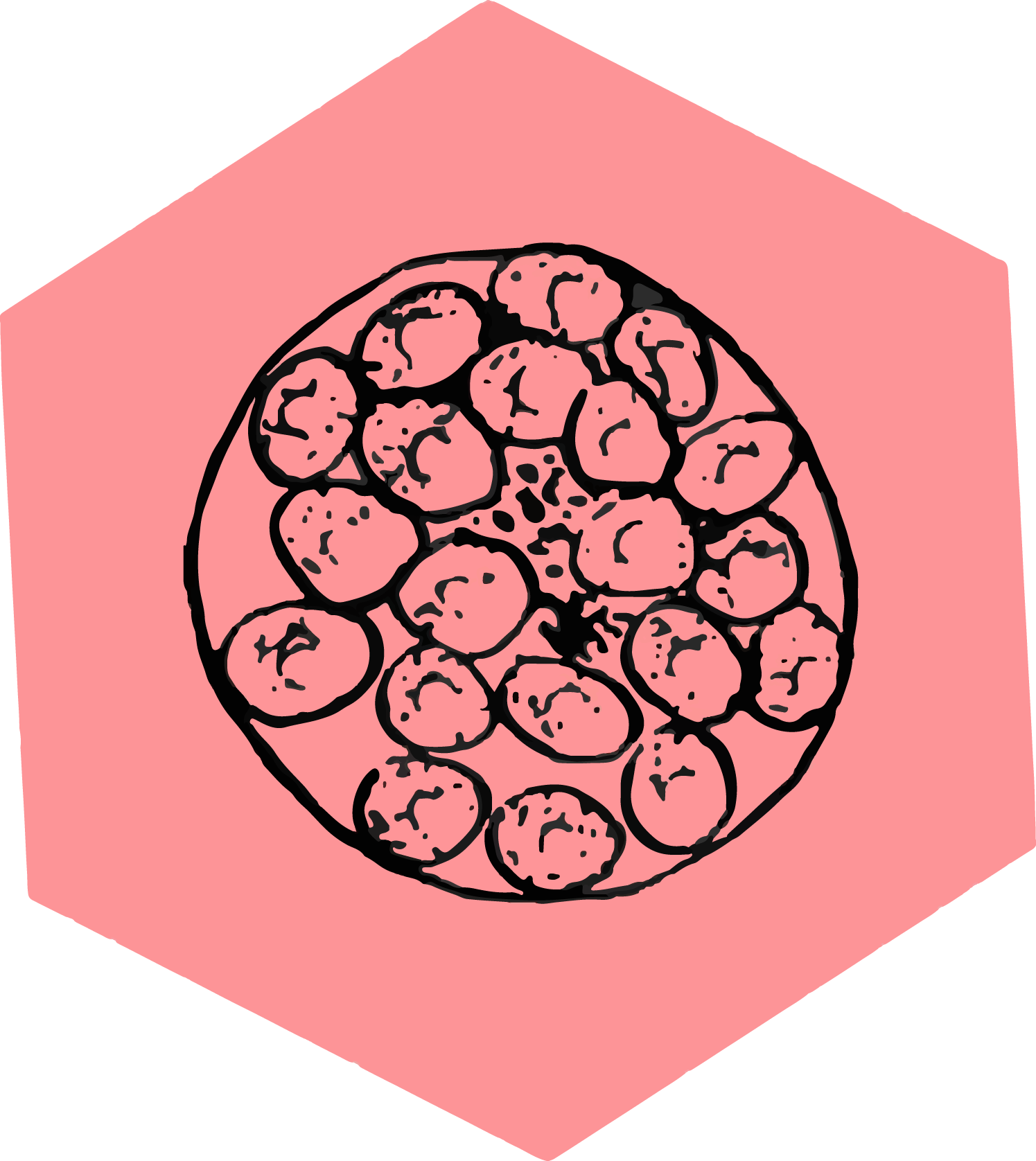Research
In the particular is contained the universal.- James Joyce
Being more on the theory side of ecology allows me to explore different systems. While there are shared commonalities between all ecological systems, I love to dive deep into each system to learn of their idiosyncrasies. My main research interests are in insects and infectious disease dynamics. I’ve been trying to slowly merge my entomological background with my growing interest in vectorborne diseases. Here are some of the very general questions I have:
- How does the interaction between individuals and the environment determine the species’ population dynamics as well as its “timing”?
- How do the interactions between species influence disease dynamics?
- What are the ecological insights we could gather from taking a more holistic community approach instead of focusing on a single species?
- How can we use theoretical ecology to inform the management of outbreaks, both pest and disease?
Below are some projects I have pursued:
Climate and tortricid moth pests

For my doctoral work with Dr. Ottar Bjornstad, I investigated how the environment (local temperature) influences the phenology of insect pests. For example, by using a mathematical model, I demonstrated how temperature can predict the phenology of the codling moth (Incorporating Diapause to Predict the Interannual Dynamics of an Important Agricultural Pest). Additionally, by analyzing the time series of five pest species in Pennsylvania, I showed how their phenology is driven by two large scale-climate oscillations: the North Atlantic Oscillation and the Arctic Oscillation (Local and Regional Climate Variables Driving Spring Phenology of Tortricid Pests: A 36-Year Study).
Reproductive phenology of neotropical trees
In my collaboration with Dr. Jesse Lasky (Multiscale phenological niches of seed fall in diverse Amazonian plant communities), we applied wavelet analysis to long-term time series data from two hyperdiverse plant communities in Peru and Ecuador. We analyzed the temporal patterns of synchrony and compensatory dynamics in seed dispersal. Our findings show that there is community-wide reproductive synchrony due to shared environmental responses and positive interactions. Additionally, there is evidence of temporal niche partitioning!

A community perspective of vectors

I’m fascinated by communities of vector species! When investigating vector-borne diseases, we tend to focus on one species at a time, but there can be multiple vectors, each with its own unique ecology. In collaboration with Dr. Joyce Sakamoto, we analyzed a century’s worth of tick data (A 117-year retrospective analysis of Pennsylvania tick community dynamics). We showcased how the dominant vector species have changed over the century, as well as the spatial partitioning between vector species.

Currently with my postdoctoral work with Tad Dallas, a project I’m working on is how disturbance can structure the relative abundance of different vectors.
Within-host modeling of malaria

In my postdoctoral work with Dr. Megan Greischar, I investigated an understudied trait: the burst size of malaria parasites. The burst size determines the number of daughter cells that emerge from each infected RBC. Because a larger burst size allows the parasite to proliferate faster, an interesting question arises: why is it not higher? (Proliferation in malaria parasites: how resource limitation can prevent the evolution of greater virulence). I am also finishing a manuscript that investigates the role of burst size across all parasite species.
Ecological management
For my short six-month postdoc with Dr. Katriona Shea (because moving doing COVID times is difficult), I learned about decision theory and how to apply it for vaccine allocation. Specifically, under significant uncertainty- what is the best course of action? Is there always going to be an optimal choice?
